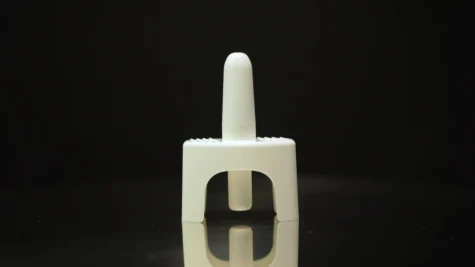Healing from an addiction is like navigating a ship through a storm. Post-acute withdrawal syndrome (PAWS) can test the determination of anyone striving for sobriety. If you or someone close is battling substance abuse, it’s important to understand what PAWS looks like and how to seek support to get through it.
What Is Post-Acute Withdrawal Syndrome?
Withdrawal, in simple terms, refers to how our bodies react after suddenly being deprived of substances they were used to. Post-acute withdrawal syndrome happens when someone experiences these symptoms past the common timeline of typical withdrawal for a certain substance.
Identifying PAWS
Withdrawal manifests as an array of physical and mental health symptoms. These symptoms will vary based on the substance abused.
- Physical signs include sweating, hands that shake or tremble, feeling nauseous or throwing up, getting headaches, and experiencing a racing heartbeat.
- Psychological symptoms include feeling restless or irritable, experiencing anxiety or nervousness, having trouble sleeping or dealing with insomnia and other sleep disturbances, feeling depressed or having mood swings or sadness, and experiencing hallucinations.
The intensity and duration of these symptoms can vary based on the type of substance used, the length of use, who is using it, their overall health, and so on. PAWS involves these withdrawal symptoms lasting longer than the typical withdrawal period.
The Science Behind Withdrawal
The science behind addiction withdrawal symptoms lies in how our brains handle neurochemistry. Most substances that are commonly abused trigger a flood of dopamine, which is a chemical linked to pleasure, into the brain’s synapses. Over time, the mind adjusts to certain substances by reducing its own production and sensitivity, balancing out the release of this neurotransmitter with reward behaviors. However, when someone stops using a substance suddenly, they experience what’s called a dopamine deficit.
This means there aren’t enough of these natural chemicals being released, which can shock the body and lead to a range of symptoms, known as withdrawal.
Mapping Out Ways To Minimize the Impact of PAWS
Treatment for withdrawal usually depends on how bad the symptoms are and what substance was being abused. It can involve:
- Medication-assisted treatment (MAT): Here, drugs like benzodiazepines are given during alcohol withdrawal or methadone for opioid withdrawal to ease off symptoms experienced.
- Supportive care: Drinking plenty of fluids, eating a well-balanced diet, and resting helps one recover faster from this condition.
- Cognitive-behavioral therapy (CBT) and dialectical behavior therapy (DBT): These treatments seek to address underlying psychological problems associated with addiction.
- Family therapy or individual counseling sessions: These sessions are designed not only to build support systems but also to deal with emotional triggers that may lead back into drug use again.
Find Support for PAWS With Southern Sky Recovery
At Southern Sky Recovery, we know just how challenging post-acute withdrawal syndrome can get sometimes.
That’s why our top-rated drug rehab in Bluffton, SC, has a family-oriented approach. We deeply value the relationships between clients and staff members, treating each other like family, especially during tough times.
We provide various levels of care tailored to individual needs – Intensive Outpatient (IOP), Partial Hospitalization Program (PHP), or outpatient rehab.
We’re here to support you at every step of your recovery journey, wherever you are.
Reach out to us at Southern Sky Recovery to start your journey toward wellness today.



